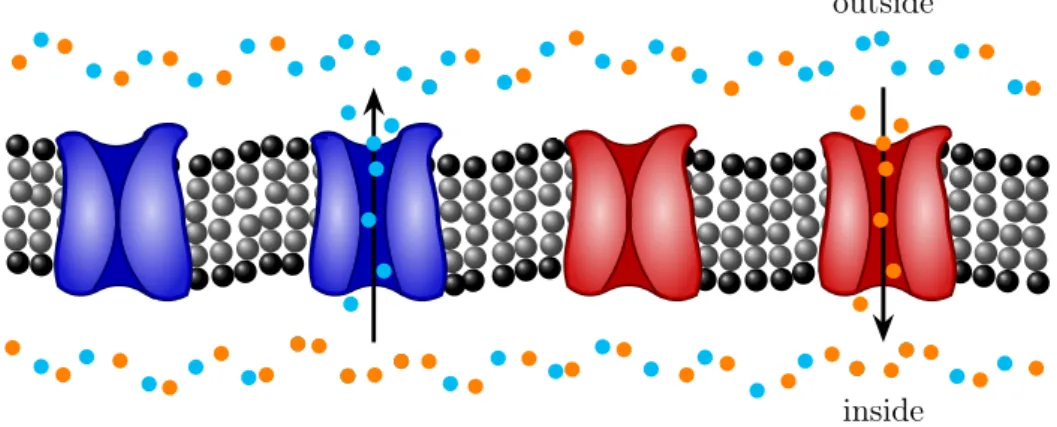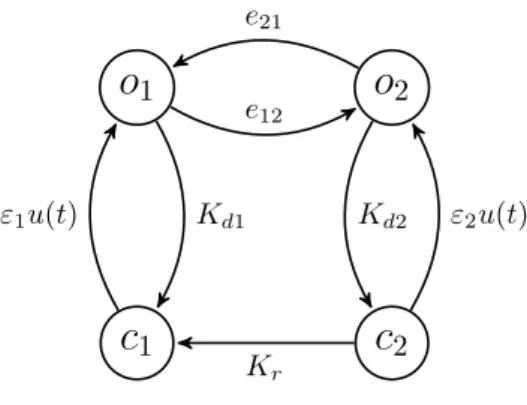Optimal control of deterministic and stochastic neuron models, in finite and infinite dimension. Application to the control of neuronal dynamics via Optogenetics
Texte intégral
Figure




Documents relatifs
Prignet (2008) An implicit finite volume scheme for a scalar hyper- bolic problem with measure data related to piecewise deterministic Markov processes, Journal of Computational
keyword Piecewise Deterministic Markov Process with Boundary, Approximation using Finite Volume Method, Generalized Kolmogorov Equations..
We aim at characterizing the asymptotic behavior of value functions in the control of piece- wise deterministic Markov processes (PDMP) of switch type under nonexpansive
We have considered the statistical problem of parameter and state estimation of a linear Ordinary Dierential Equations as an Optimal Control problem.. By doing this, we follow the
L’utilisation des méthodes numériques de discrétisation pour la résolution des équations mathématiques établies, consiste à ramener la résolution des EDPs dans le
I jump times and post-jump locations observed through noise Optimality equation, existence of optimal policies. No information on the jump times ⇒ very
When the increments (X n ) n∈ N are defined as a one-order Markov chain, a short memory in the dynamics of the stochastic paths is introduced: the process is called in the
In this section we study a PDMP on R 2 × { 0, 1 } such that the strong bracket condition holds everywhere except on Γ and which may have one or three ergodic invariant





